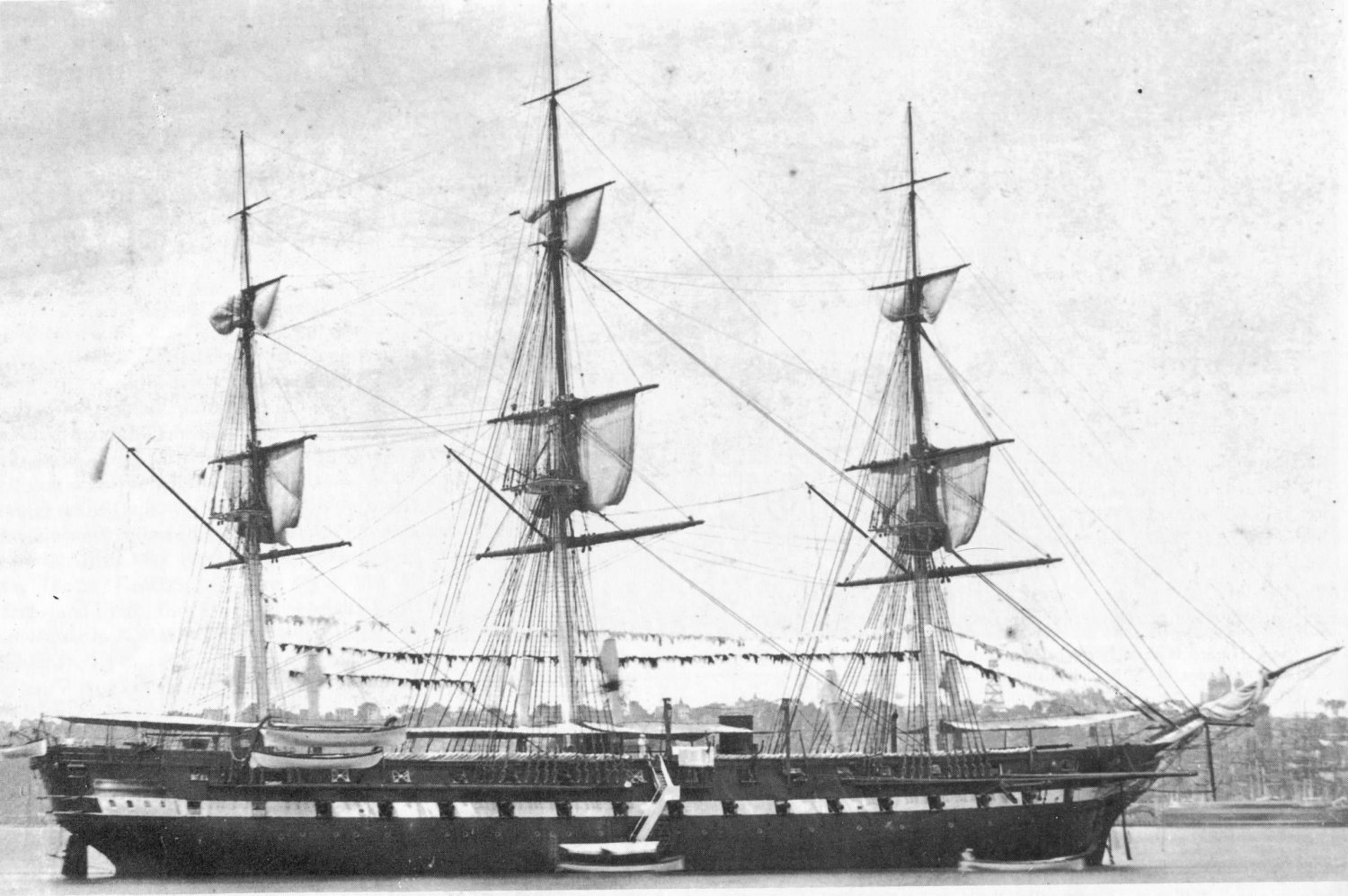 The 1850s were a quiet time for the Washington Navy Yard. With no wars looming, there was no pressing need for new ships. Nonetheless, new technologies did drive some urgency, and thus in April 1854, six new steam frigates were authorized to go along with the three that had been previously built.
The 1850s were a quiet time for the Washington Navy Yard. With no wars looming, there was no pressing need for new ships. Nonetheless, new technologies did drive some urgency, and thus in April 1854, six new steam frigates were authorized to go along with the three that had been previously built.
The new frigates were to be built in ship yards up and down the East Coast, with the Washington Navy Yard receiving the order to build the USS Minnesota.
On June 29, the orders were received at the Navy Yard. Designed by John Lenthall (the son of the John Lenthall who was killed building the Capitol) the ship was almost 300 feet long, and thus the largest steam frigate thus far in the US Navy. Great confidence was placed in Samuel Poole, who was the naval constructor at the Navy Yard, and thus in charge of the building of the Minnesota.
Work proceeded steadily through the following year, with new hands hired on to ensure it would be completed in good order, as well as an increase in the size of the ship house needed to hold such a large vessel. There were setbacks, of course: In October, a carpenter working on increasing the size of the ship-house fell and was badly injured. Even more worrisome was the accident the following April when scaffolding around the Minnesota gave way, “precipitating some thirty workmen about twenty-five feet to the ground,” according to that day’s Evening Star. Fortunately, it turned out that the original report was too pessimistic – fewer than 15 workmen were affected, and they had actually only fallen about fifteen feet, leaving two seriously injured.
Nonetheless, by that September a new milestone was to be reported: The last condenser was cast. This was not an inconsiderable feat, requiring some 30,000 pounds of metal to be melted and then poured in one go. With this piece completed, the rest of the work went quickly, and on December 1, 1855, the ship was launched. A huge crowd, who had been apprised of the upcoming festivities by the newspapers of the day, crowded “the surrounding hills and wharves, the house tops, [and] the windows” to see the new ship. A large crowd of dignitaries, including President Franklin Pierce, arrived at the Navy Yard and were taken onto the USS Engineer, an elderly side wheel steamer, and from there into the middle of the Anacostia to watch the proceedings.
Shortly after 2:30, the final ropes were cut and the boat slid into the water, raising such a wave that people who were too close to the opposite shore of the Anacostia found themselves taking an involuntary bath. Nonetheless, the launch – and the new ship – were universally lauded.
The launch preceded several more months of testing, particularly of the machinery, and it was not until May 21, 1857, that the ship was commissioned into the US Navy.
The Minnesota served in the Far East for a while, but it was not until the Civil War that she found herself in battle. For the first year, the Minnesota succeeded admirably, but on March 8, 1862, she found herself confronted by one of the other six ships that had been authorized along with her in 1854: The Merrimack. Burned by Union forces, the Merrimack had been rebuilt as an ironclad, and as such, far out-classed the Minnesota. During the battle, the Minnesota found herself stuck on a mud bank, and had it not been for the arrival of the USS Monitor, may well have been sunk by the Merrimack.
Instead, the Minnesota was refloated and continued to serve honorably throughout the Civil War. She was eventually sold off in 1901 and burned to salvage her iron – a sad end to an important piece of Navy Yard history.

